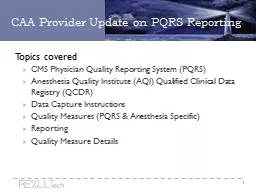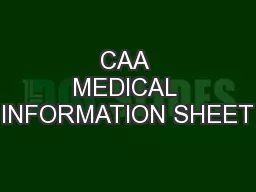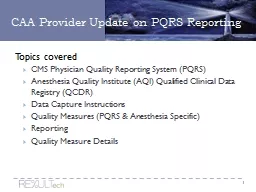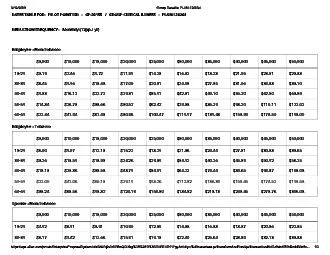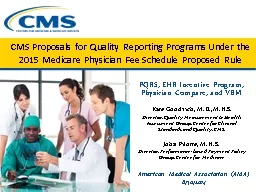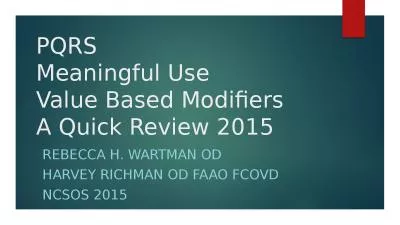PPT-CAA Provider Update on PQRS Reporting
Author : ellena-manuel | Published Date : 2019-11-29
CAA Provider Update on PQRS Reporting Topics covered CMS Physician Quality Reporting System PQRS Anesthesia Quality Institute AQI Qualified Clinical Data Registry
Presentation Embed Code
Download Presentation
Download Presentation The PPT/PDF document "CAA Provider Update on PQRS Reporting" is the property of its rightful owner. Permission is granted to download and print the materials on this website for personal, non-commercial use only, and to display it on your personal computer provided you do not modify the materials and that you retain all copyright notices contained in the materials. By downloading content from our website, you accept the terms of this agreement.
CAA Provider Update on PQRS Reporting: Transcript
Download Rules Of Document
"CAA Provider Update on PQRS Reporting"The content belongs to its owner. You may download and print it for personal use, without modification, and keep all copyright notices. By downloading, you agree to these terms.
Related Documents

